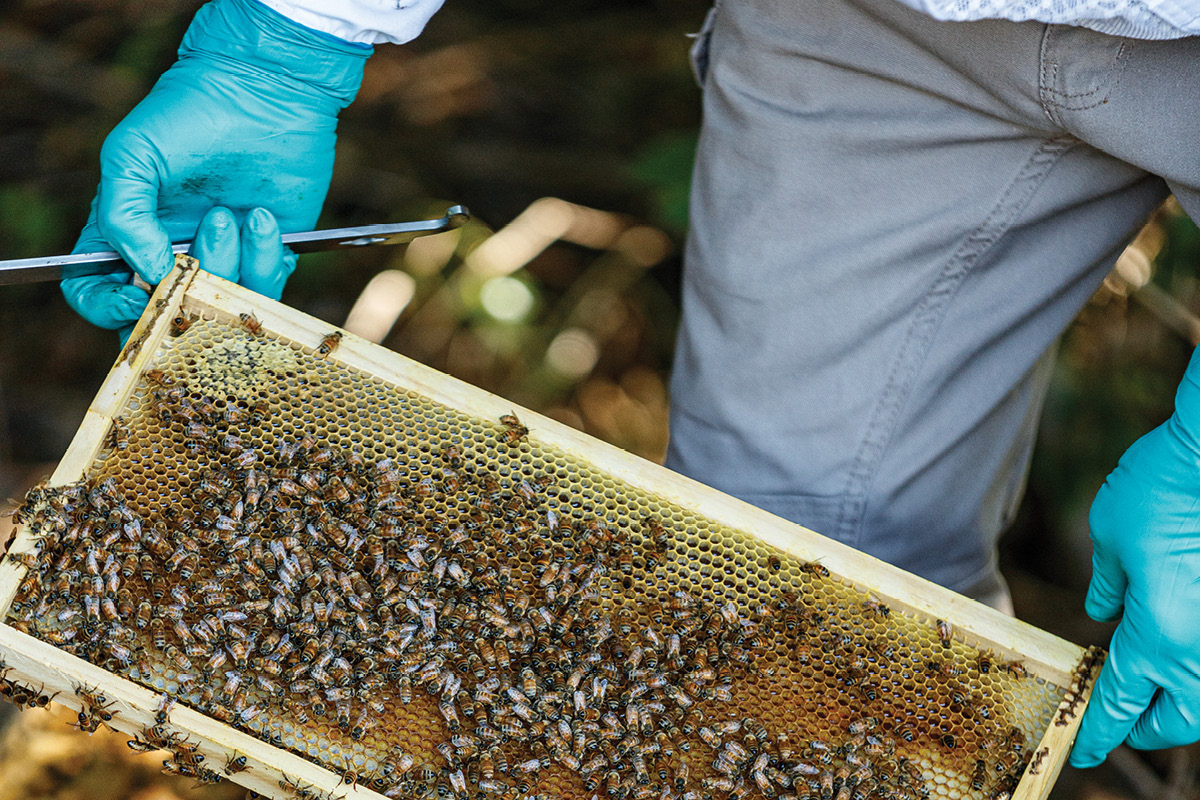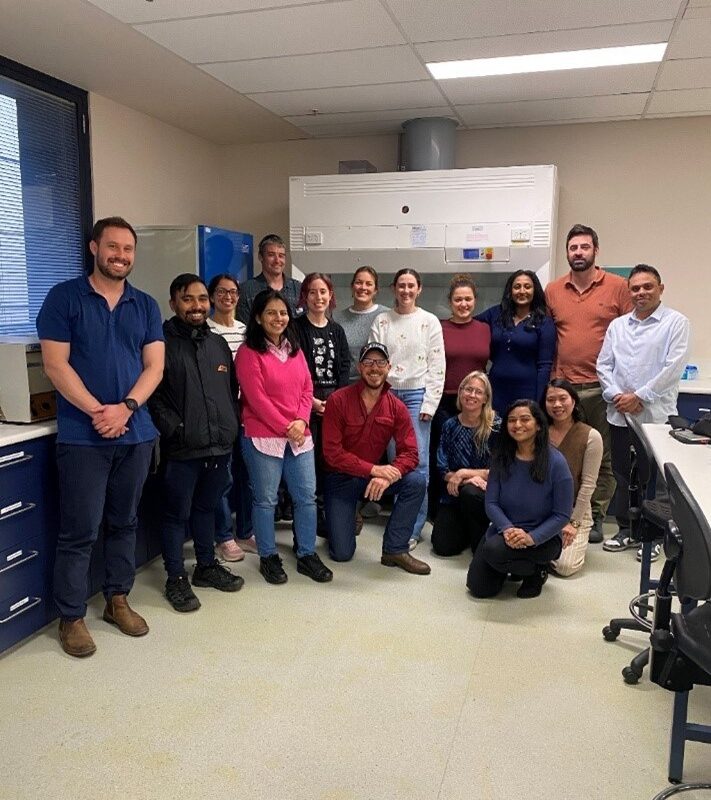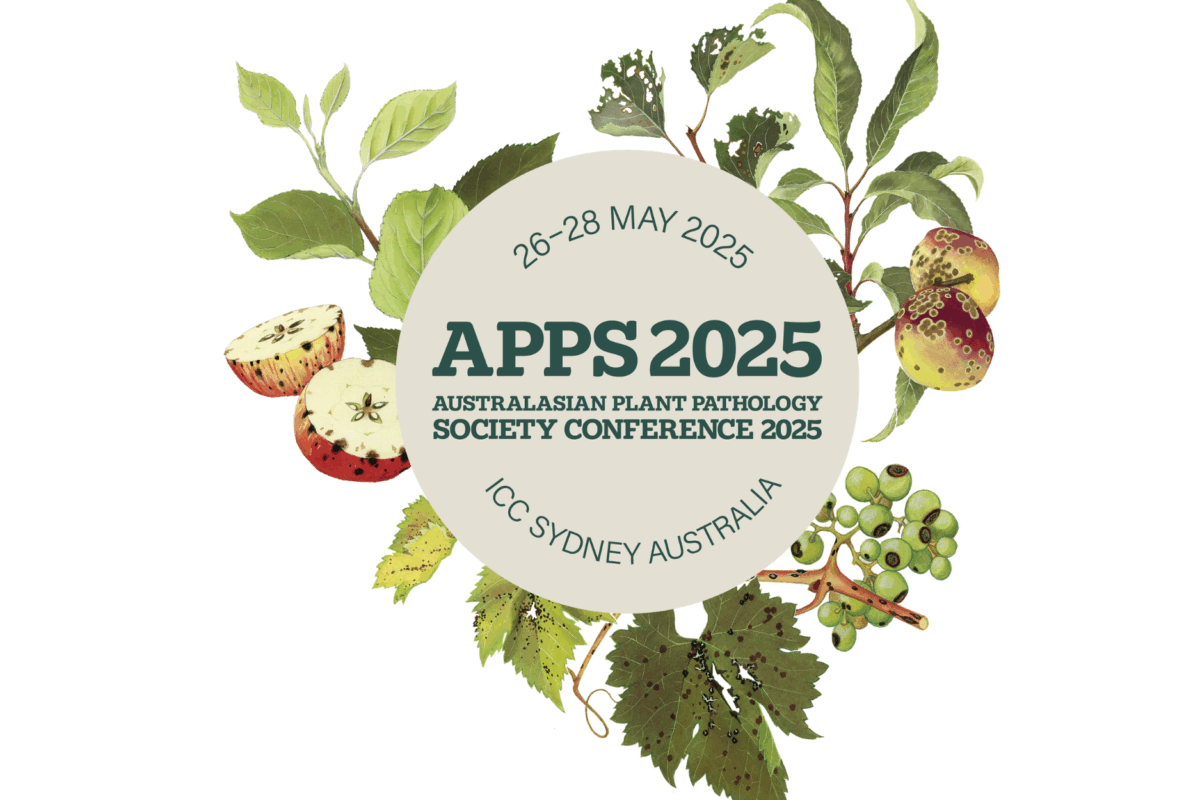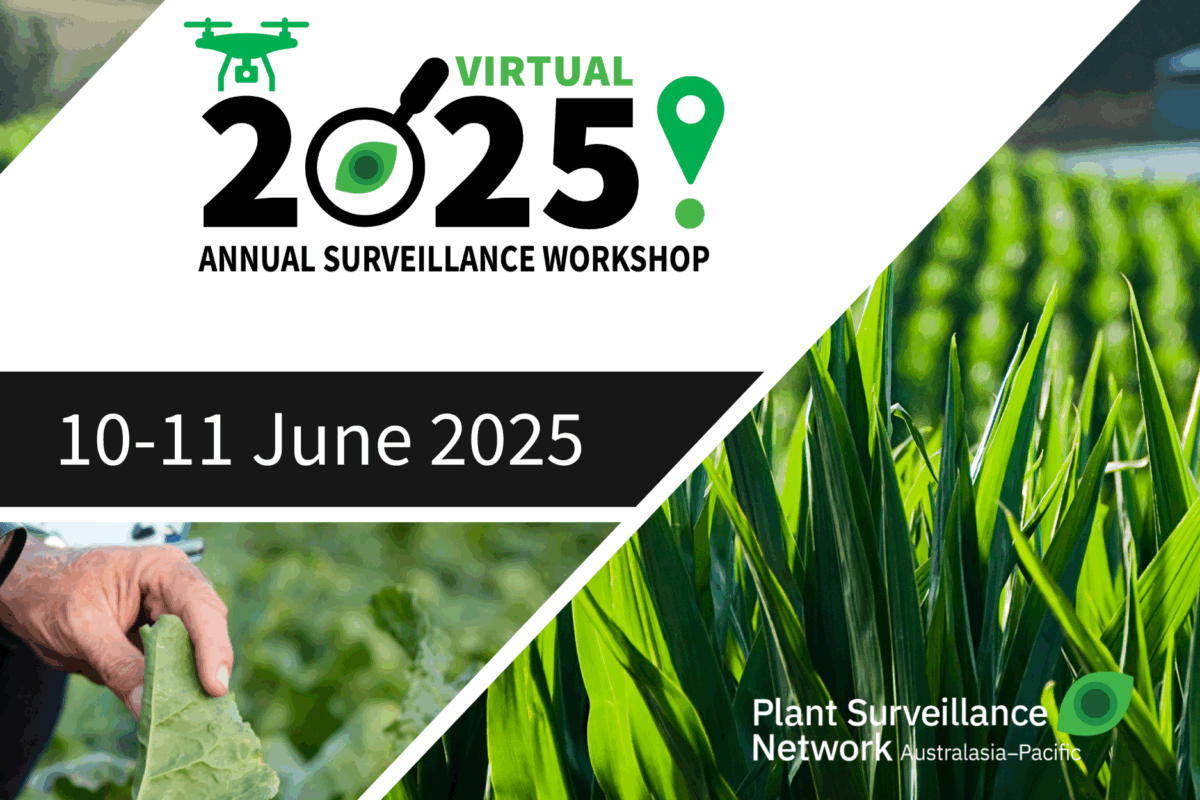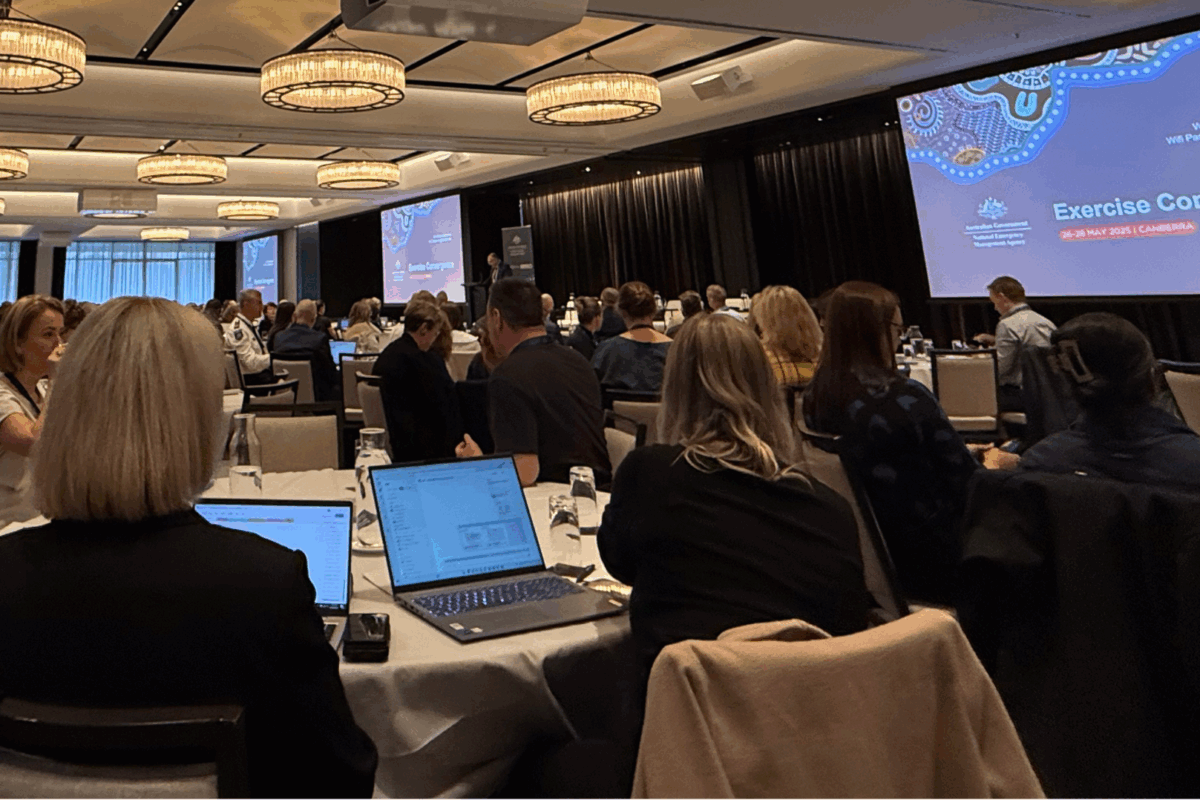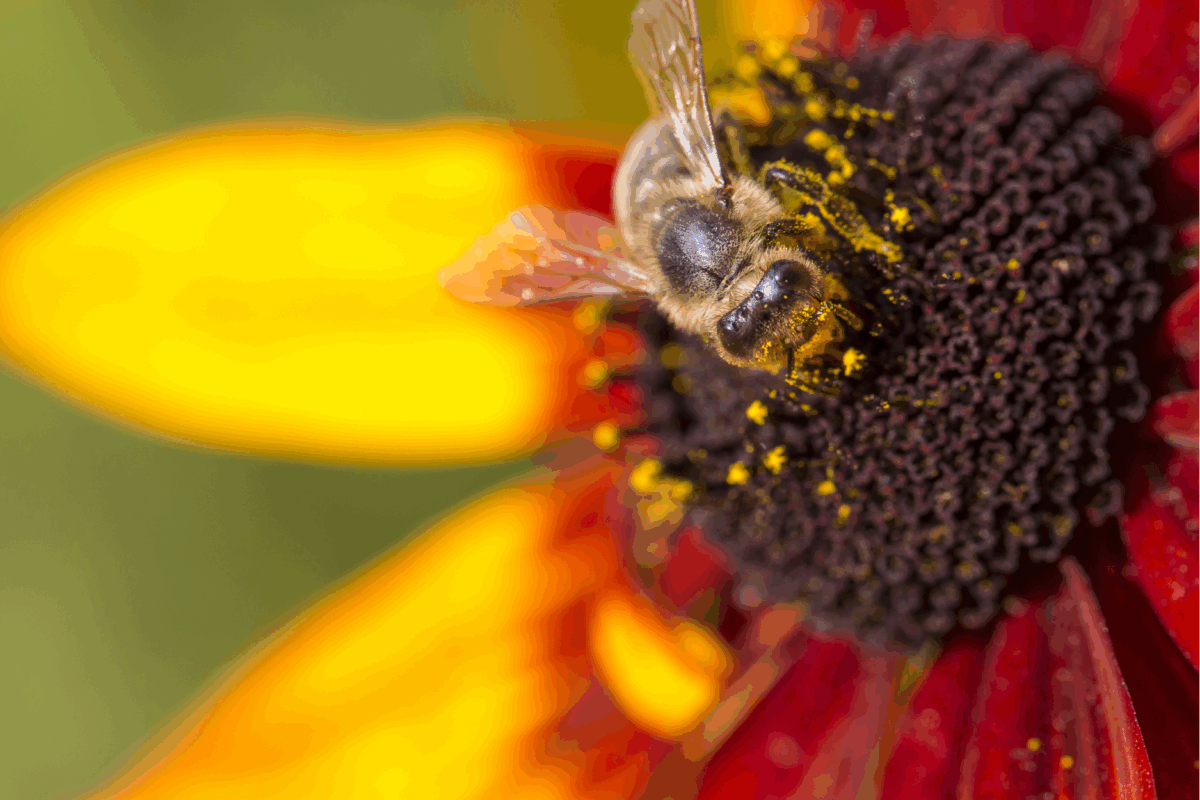Pest focus on Varroa
The detection of Varroa mite in NSW highlights the importance of Industry and Government partnerships, joining forces for the detection of high priority pests. Varroa mite detected during sentinel hive inspections as part of the National Bee Pest Surveillance Program (NBPSP), demonstrates the value of investing in surveillance programs.
Varroa mites are parasitic mites that require a honey bee host to survive and reproduce. Small numbers of Varroa mites infesting a colony will usually cause no obvious harm, with greater symptoms observed as the mite population increases. The time for obvious symptoms to appear depends on many circumstances but can take as long as 2-3 years.
A decline in honey bee health due to Varroa mite infestation can cause increases in overwintering colony losses. In New Zealand 13.6% of hive losses were experienced in 2021 (Stahlmann-Brown & Robertson, New Zealand colony loss survey report – 2021. New Zealand Ministry for Primary Industries Technical Paper 2022/02, 2022). Estimated costs of these 2021 losses experienced by commercial NZ beekeepers have been reported to be at least NZ$24,181,691. This highlights the importance of ensuring hives are being inspected regularly for early detection of pests.
The NBPSP conducts activities that target pests and diseases including Varroa mites. Activities in sentinel (live) hives include sugar shaking, alcohol washing, drone uncapping, frame inspections, sticky mat inspections and the use of acaricides can all target Varroa mites among other pests and diseases. Other activities conducted in the hive include tracheal mite diagnostics, virus diagnostics and maximum residue level testing to ensure any honey harvested is safe for human consumption.
Other surveillance techniques used in the NBPSP include catchboxes to capture swarms, rainbow bee-eater pellet analysis, and aerial pheromone ballooning to pick up new species of bees and sweeping flowering plants with nets to capture any foraging pees near ports.
Government surveillance activities are also supported by targeted industry surveillance such as the national Bee Pest Blitz. This April the inaugural Bee Pest Blitz is aiming to encourage beekeepers to perform alcohol washes on their hives. Alcohol washing is a quick and effective method to detect Varroa mites and can recover over 90% of Varroa mites present in a sample of bees.
The Honey Bee Industry Code of Practice which underpins the National Bee Biosecurity Program (NBBP), provides a framework for Australian beekeepers to use best-practice biosecurity measures. Under the Code of Practice beekeepers are required to inspect their hives twice per year, using a method that examines the presence of arthropod pests, including Varroa and Tropilaelaps mites. By participating in Bee Pest Blitz, beekeepers will meet one of the two inspection requirements.
Bee Pest Blitz is funded as part of the Department of Agriculture, Fisheries and Forestry’s Plant Biosecurity Response Reform (PBRR) program, led by Plant Health Australia, supported by Australian Honey Bee Industry Council (AHBIC) and all state and territory government agencies.
Note: The NBBP is a partnership between industry and government and is funded by AHBIC through industry biosecurity levies. The NBPSP is a partnership between industry and government and is funded by Horticulture Innovation Australia (Hort Innovation), AHBIC and Grain Producers Australia (GPA).
